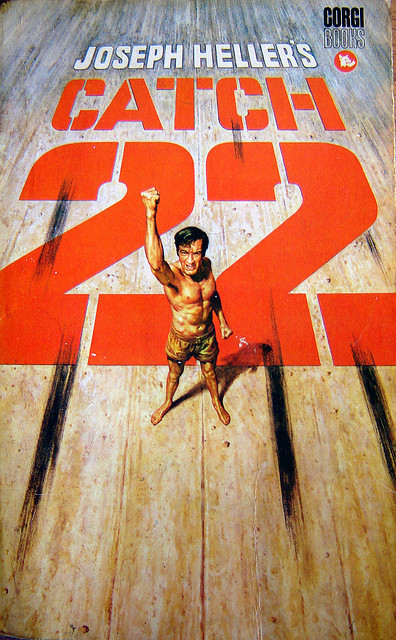“To
sell your soul is the easiest thing in the world. That's what everybody does
every hour of his life. If I asked you to keep your soul - would you understand
why that's much harder?”
It is strange
that Rand’s novels have a way of making me like them at the end, no matter how
much I hated it in the middle. I found The Fountainhead, much easier to read
than Atlas Shrugged. But despite this, there were moments that I thought the
story was heading down hill. I struggled to understand some of her ideas,
especially that of love. I thought that the scene were Roark goes into
Dominique’s bedroom and ‘claims’ her, was completely unnecessary (well,
actually, maybe not unnecessary but in my point of view it went a bit too far.)
The reason I liked this book was combination of factors – I liked it because of
a sense of accomplishment when I got to the end of such a heavy and long book,
because I agreed with the ideals she presented (even if some of them appeared
as caricatures) and most of all, I like Rand’s books because she somehow
manages to leave a sense of hope and resolution even though there is never
exactly a ‘happy ending’.
I know that many
people regard Rand’s writing as a ‘cult’. I don’t. I like reading her novels,
and I don’t every think I have to hide them. I like her ideas; I like the idea
of independent thinking. The problem is that I know that no matter how much I
try, whatever I think will just be a copy of what someone else had thought
before, and I can assume that much. What I do try to achieve, is to read, watch
and listen to as many opinions and thoughts as possible, I can then try to
decide which mix of ideas makes the most sense to me. By then saying ‘yes’ to
these ideas, they can become ‘mine’, independent of who created the
thoughts/values.


